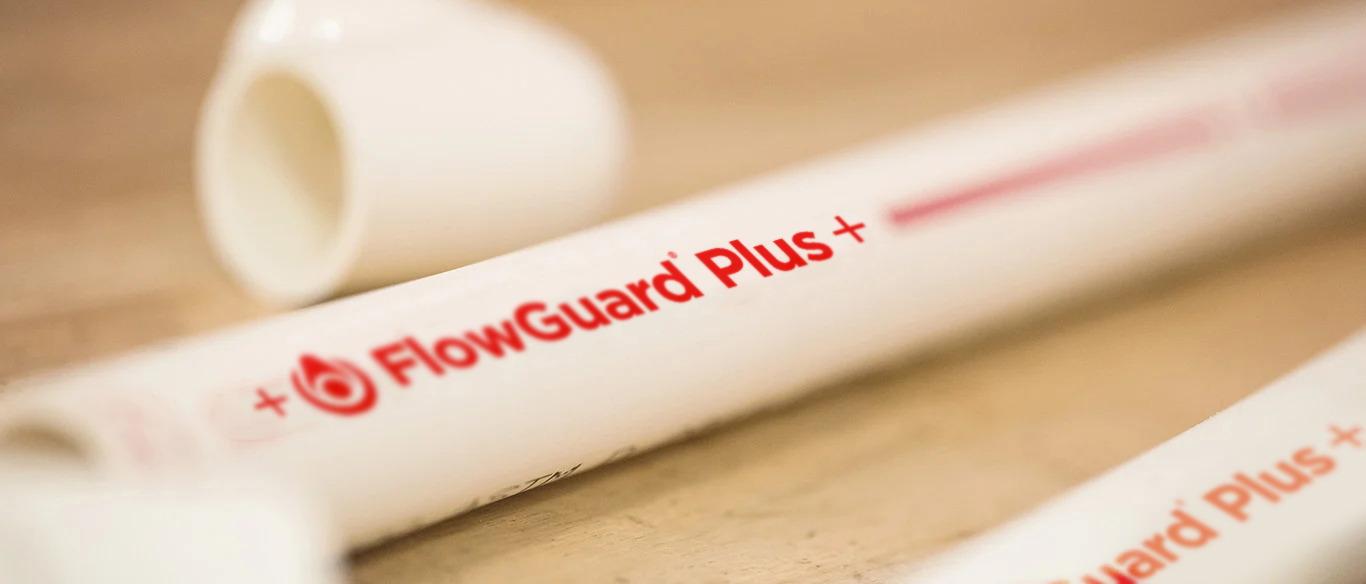
The Dos and Don’ts of CPVC Piping Solvent Cement Welding
You are offered several options to join the pipes and fittings of your plumbing system, especially when installing CPVC (Chlorinated Polyvinyl Chloride) piping systems. CPVC pipes employ cold fusion for the jointing system thus providing a sturdy and durable union. One of the most popular products that is often used to join CPVC pipes and fittings is CPVC solvent cement.
A CPVC solvent tube is not the same as glue. Instead, it is a quick and simple installation process that makes use of solvents and resin to chemically fuse the pipe and fittings together at the molecular level, resulting in one continuous piece of plastic. Additionally, solvent cement is the preferred joining method for system features such as expansion loops since it allows the pipe to bend and move without breaking or weakening the joint seal.
To ensure that the CPVC solvent is applied appropriately throughout the process, we have curated a list of dos and don’ts for you to adhere to when solvent cement is used for welding the CPVC pipes and fittings.
The Dos of CPVC Piping Solvent Cement Welding
Here are some "dos" when solvent cementing the CPVC pipes:
- While cutting the CPVC, you must ensure that you use the tools particularly designed for use with plastic pipes and fittings. You can use tools such as a ratchet cutter, a power saw, a fine-toothed saw, etc.
- You must ensure that the pipe is squarely cut by using a mitre box. This provides the maximum bonding surface area, which eventually contributes to the strength of the joint.
- You must remove the burrs and fillings using a chamfering tool, as they prevent contact between the pipes and fittings.
- You must place a slight bevel at the end of the pipe to ease the entry of the pipe into the socket as well as minimise the chance of wiping solvent cement from the CPVC fitting.
- Using a clean, dry rag, wipe off any loose soil or moisture from the fitting socket and pipe end, as it can slow the cure time and decrease the strength of the joint.
- You must ensure that there is a bead of cement visible around the pipe and fitting juncture. This is because if the bead is not continuous around the socket shoulder, it is a clear indication that insufficient CPVC solvent cement was applied.
- Before pressure testing, adhere to the manufacturer's recommended cure times. You should be aware that the solvent cement set and cure times are affected by pipe size, temperature, relative humidity, and fit tightness. Drier environments, smaller pipe sizes, higher temperatures, and tighter fits all result in faster drying times.
The Don’t of CPVC Piping Solvent Cement Welding
Now that you know the dos, let us discover some "don’ts" when solvent cementing the CPVC pipes.
- You must not use cutting tool blades that are dull or broken.
- You must not use a solvent cement that has exceeded its shelf life, has become discoloured, or has gelled.
- You must refrain from using the solvent cement near sources of heat, open flames, or when smoking.
- You must not perform a pressure test until the recommended cure times have been met.
- You must not apply the primer using a rag.
- You must not allow the puddling of solvent cement in the CPVC fittings and pipes.
Frequently Asked Questions on CPVC Solvent Cement
- How long does it take for CPVC solvent cement to cure?
It may take either a few minutes or a few days, depending on certain factors such as the pipe’s size and application, environmental temperature, and humidity levels. - How long does solvent weld take to dry?
The time required for the solvent weld to dry completely can span from a few minutes to a day, this depends majorly on several other factors that influence the curing time. - Is solvent weld permanent?
Yes. Solvent-welded joints are permanent. - Is solvent cement waterproof?
Solvent cement forms a waterproof seal when applied correctly to pipes and fittings in the CPVC plumbing system. - Which solvent cement is preferred for CPVC pipes?
We suggest you use the CPVC solvent cement from the same brand of the pipes installed.

Prasenjit Misra
Prasenjit Misra, an accomplished professional, having extensive exposure in plumbing field, currently holds the position of Lead Demand Creation & Business Development of TempRite South Asia division at Lubrizol India.
